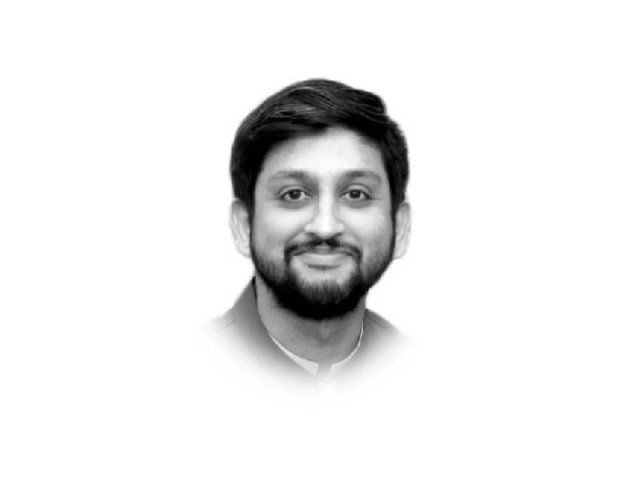White coat in peril
Recently, Children’s Hospital Lahore became the centre of attention for all the wrong reasons

OPD (Outpatient Department) doors of government hospitals across Punjab are once again closed. Young doctors have hung their white coats and refused to work.
Recently, Children’s Hospital Lahore became the centre of attention for all the wrong reasons. A doctor on duty was shoved, slapped, punched till he bled. His screams and pleads were heard across Punjab but will it ever fall on the ears of the concerned authorities?
It goes like this: a doctor on duty gets physically attacked, authorities ignore the protesting doctors, doctors close OPDs as a result, innocent patients suffer, whole of Punjab faces a healthcare crisis, the matter faces a series of deadlocks between doctors and authorities, eventually doctors are promised security in the future, everything goes back to normal till a new incident of physical attack on doctors appears and the cycle continues. We are made to watch the same episode again and again, but for how long?
The debate over who is right and who is wrong will continue unsettled in generations to come. Doctors versus patients is now the new PTI versus PML-N. For now, we need to address the growing friction in our society.
Patients or their attendants have the right to be dissatisfied at any point during the course of their stay in the hospital. They can be dissatisfied with the medical outcome, long waiting time and alleged negligence on part of healthcare workers. Every hospital has an administrative team which works in day as well as night shifts to facilitate patients and their complaints. Inquiries and cases of alleged negligence on the part of health professionals are dealt with at both hospital and provincial levels in Pakistan. What Pakistan cannot afford right now is taking law out of the courtroom and turning hospitals into battlefields. We cannot afford another health pandemic.
Civilised healthcare systems in the world such as that functional in America and Europe have a strong legal system that provides protection equally to all citizens against physical harm or assault. Laws and regulations are in place to ensure the safety and security of healthcare workers. The beauty of their legal system is that it works both ways: doctors are also held accountable for every action, have to work under strict rules and a medical malpractice lawsuit always hangs over their neck.
Imagine being verbally and physically assaulted at your workplace where everyone knows you. The feeling of shame coming back to work the next day is unimaginable. The trauma and fear of facing such attacks leads to increased stress, anxiety disorders, and even post-traumatic stress disorder (PTSD). This leads to a drop in the quality of healthcare delivery as doctors may become reluctant to provide care or choose to leave their professions altogether.
Violence is glorified and celebrated in our part of the world. We have to educate and sensitise our youth on a war footing to prevent an imminent societal collapse. Print and electronic media should play a constructive role in bridging the gap between the public and health providers. The general public should be educated about the challenges faced by health professionals. They should understand that our health sector is understaffed and overworked. There is no genie lamp to rub. Patience, empathy and compassion is the only way forward for all the stakeholders.
Our poor and innocent patients are suffering. Perhaps the single and most immediate way of solving this crisis is by installing CCTV surveillance systems in health facilities across Punjab and introducing trained security personnel. This will safeguard and protect not only doctors but also patients and their attendants. Will hospitals be made secure and safe zones for the sick or will we continue striking the healing hands?
Published in The Express Tribune, June 17th, 2023.
Like Opinion & Editorial on Facebook, follow @ETOpEd on Twitter to receive all updates on all our daily pieces.















COMMENTS
Comments are moderated and generally will be posted if they are on-topic and not abusive.
For more information, please see our Comments FAQ